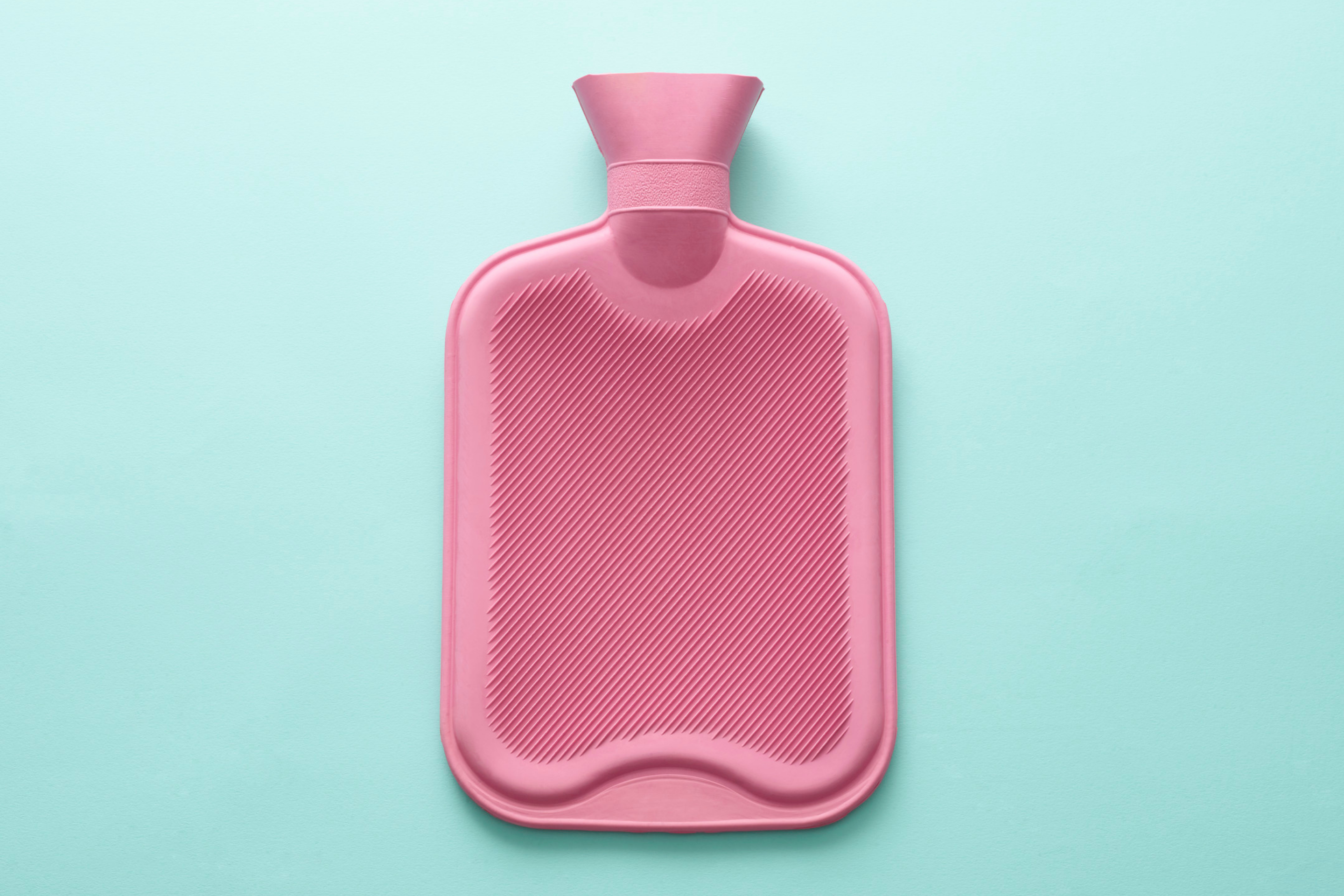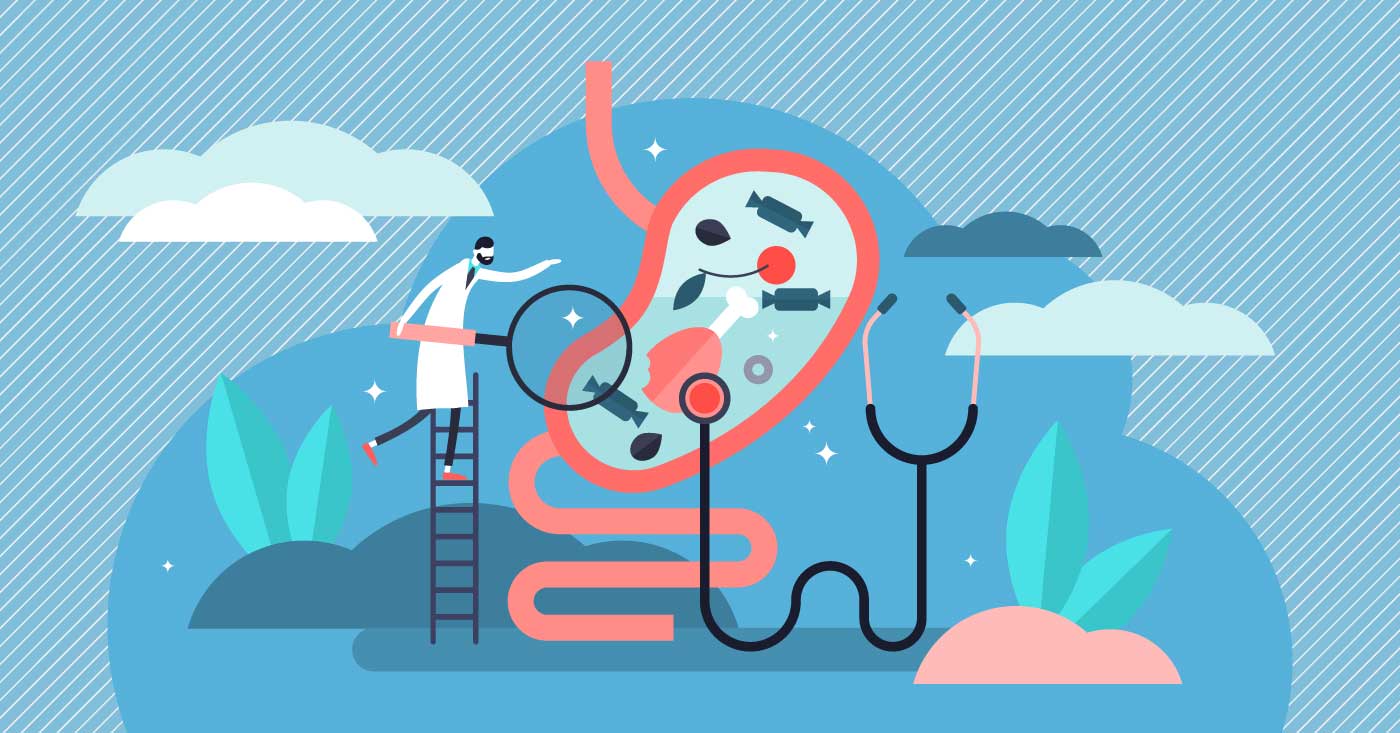How Menstruation Works
Jul. 31, 2018 By BeYou
Biology 101. How does menstruation work? We were going to do a whole research piece on this, simplify it, and even make an animated video. It turns out that TED-ex already has a great one 👀! If you don’t have audio, or you’re someone who prefers reading, we’ve written out the video’s transcript below the video:
Video Transcript:
This might seem hard to believe, but right now, 300 million women across the planet are experiencing the same thing: a period.
The monthly menstrual cycle that leads to the period is a reality most women on Earth will go through in their lives.
But why is this cycle so universal? And what makes it a cycle in the first place? Periods last anywhere between two and seven days, arising once within in a 28-day rotation. That whole system occurs on repeat, happening approximately 450 times during a woman's life.
Behind the scenes are a series of hormonal controls that fine tune the body's internal workings to make menstruation start or stop during those 28 days. This inner machinery includes two ovaries stocked with thousands of tiny sacs called follicles that each contain one oocyte, an unfertilised egg cell.
At puberty, ovaries hold over 400 thousand egg cells, but release only one each month, which results in pregnancy or a period. Here's how this cycle unfolds. Each month beginning around puberty, the hormone-producing pituitary gland in the brain starts releasing two substances into the blood: follicle stimulating hormone and luteinising hormone.
When they reach the ovaries, they encourage the internal egg cells to grow and mature. The follicles respond by pumping out oestrogen. The egg cells grow and oestrogen levels peak, inhibiting the production of FSH, and telling the pituitary to pump out more LH. That causes only the most mature egg cell from one of the ovaries to burst out of the follicle and through the ovary wall.
This is called ovulation, and it usually happens ten to sixteen days before the start of a period.
The tiny oocyte moves along the fallopian tube. A pregnancy can only occur if the egg is fertilised by a sperm cell within the next 24 hours. Otherwise, the egg's escapade ends, and the window for pregnancy closes for that month.








